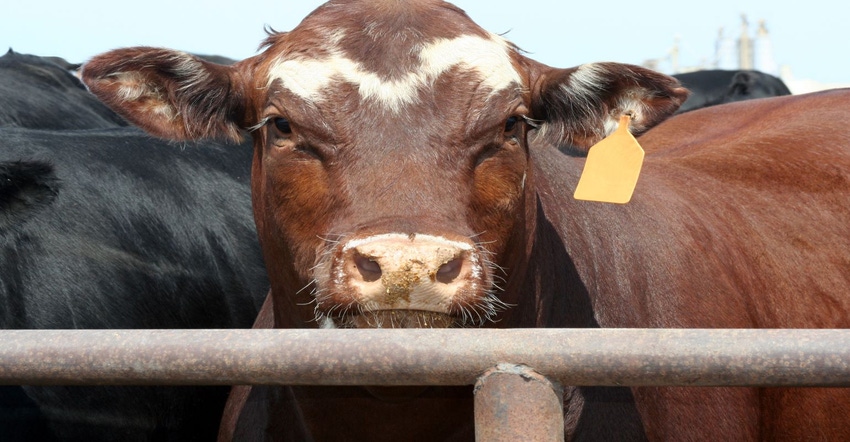The volatility is not quite as low in the feeder cattle market, especially for deferred contract months.
March 8, 2023

Consistent beef demand, current and expected tighter supplies of fed cattle have pushed the currently-listed futures prices to consistent life-of-contract high levels. Looking back at earlier years, most live cattle futures prices peaked in mid- to late-2014 with the February 2015 contract topping out at $171.83. Most of this past week the April 2024 contract has been above $172. Thus, if it seems like prices are high, it is because they are high.
Generally, the prices are at or near contract highs for this time of year across available months. Or it is not usual to be able to lock in the currently available high prices. The tight supply will continue until feed becomes more plentiful and producers are able to hold back replacement heifers.
The high expected value of live cattle carries over, to extent, to the feeder cattle futures. The November 2023 contract, for example, has been trending higher since it was listed last November. The recent price level above $122 is high, yet still trails the record level price for the contract month of $242.93 reached back in 2014. The difference is the price of feed, as corn and hay prices easily push the finishing margin up by much more than the $160 per head difference in the current and record-high futures prices. Regardless, the price levels available may be attractive, especially when looking at the marketing plan for the 2023 calf crop.
Usually, such high prices would be coupled with relatively high levels of volatility in the futures and options market. Volatility in the mid-teens is common and leads to common at-the-money options to cost around $5 per cwt to purchase. The current implied volatility in the live cattle market is less than 10 percent, or very low by historic standards. The effect is common options may only cost $3-4 per cwt to purchase. The volatility is not quite as low in the feeder cattle market, especially for deferred contract months, as the trade likely incorporates corn price risk into feeder cattle.
Producers have two incentives to look at the markets; prices which are high and volatility which is low. Futures would thus be attractive from a price level standpoint as they provide a way to lock in the currently available price levels. Put options would also be attractive as a way to lock in a good floor price without an overly large initial expense. Are producers doing so? The Commitment of Traders report can usually be monitored to see if smaller position holders have been active or not. However, that indicator remains delayed because of technical problems.
Producers have been actively buying Livestock Risk Protection (LRP) on both fed and feeder cattle in recent months, setting a record with the liability offset under the program. Since July, producers have covered almost 2 million head of feeder cattle using LRP, following a record level of 2.1 million head the full year before. Producers have also covered over 500,000 head of fed cattle with LRP since July, after covering almost 600,000 head the full year before.
You May Also Like



